
The 2025 retail landscape has been riddled with challenges, from persistent inflationary pressures to economic headwinds. Due to the ever-increasing demand for agility, strategic adaptation, and sustained growth, several businesses are now seeking to streamline their operations. This has led to mass labor cuts across several retail chains throughout the country.
In this article, we will explore a few retail companies incorporating labor efficiency to stay afloat in 2025. We will examine their approaches to enhance efficiency through labor optimization and how these changes will impact the consumer experience.
1. Macy’s
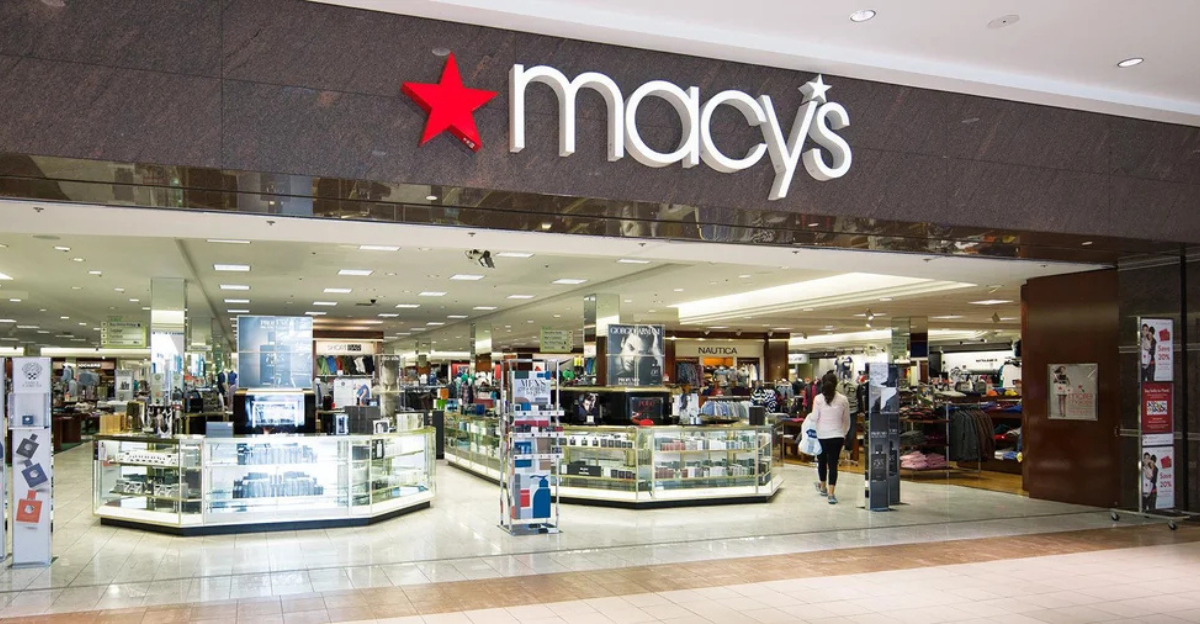
As with several physical retail stores, Macy’s is facing a severe decrease in foot traffic as more consumers shift to online shopping. To remain competitive, Macy’s announced the closure of around 150 of its stores by the end of 2026, with most of these closures occurring in 2025. The aim is to reduce the operational costs of running physical stores and prioritize investing in their online presence.
After the 150 store shutdowns, Macy’s total store count has been cut down from 1,100 in 2008 to a planned 350 by 2026. Although the company has not expressly stated how many jobs have been lost due to this restructuring, it will likely be quite substantial. These changes are part of Macy’s broader “Bold New Chapter” strategy, aimed at improving consumer experience and adapting to shifting trends.
2. Dollar General
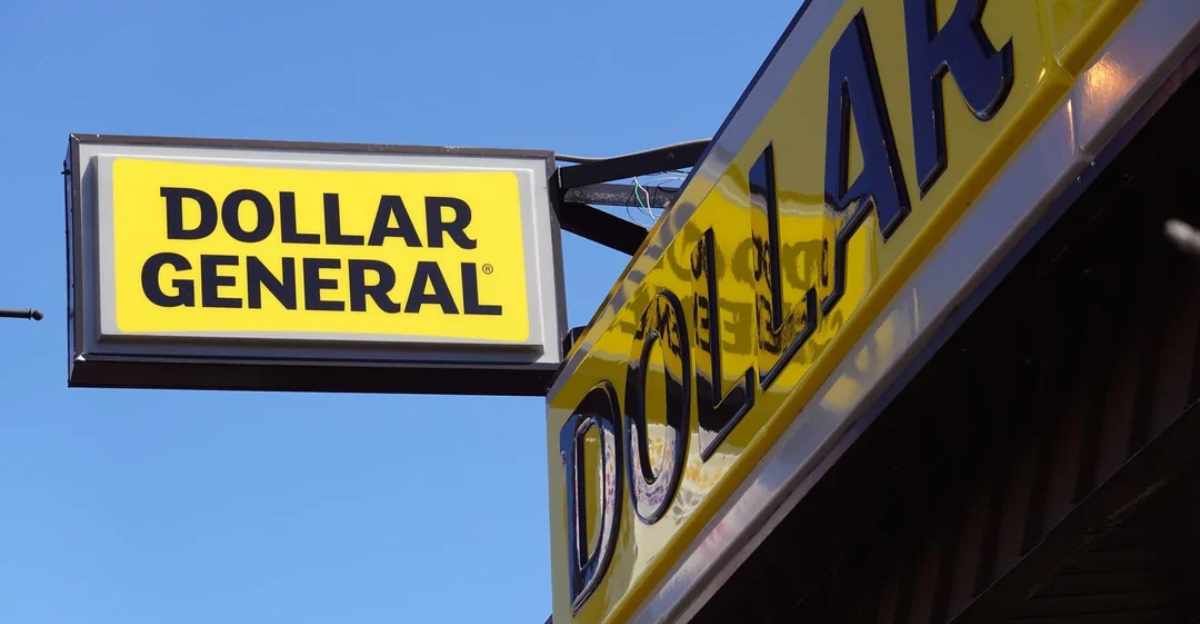
Dollar General recently announced a “store portfolio optimization review.” This means that along with other optimizations, they’re also closing down 96 underperforming Dollar General stores and 45 pOpshelf stores. These closures were planned for the first quarter of their 2025 fiscal year.
These measures are part of the “Back to Basics” strategy instituted by the company to adapt to changing consumer behavior and competitive trading climate. Dollar General has also announced that it’ll be cutting down approximately 255 positions and eliminating 115 vacancies. The goal is to address changing consumer behavior and regulatory changes.
3. Adidas
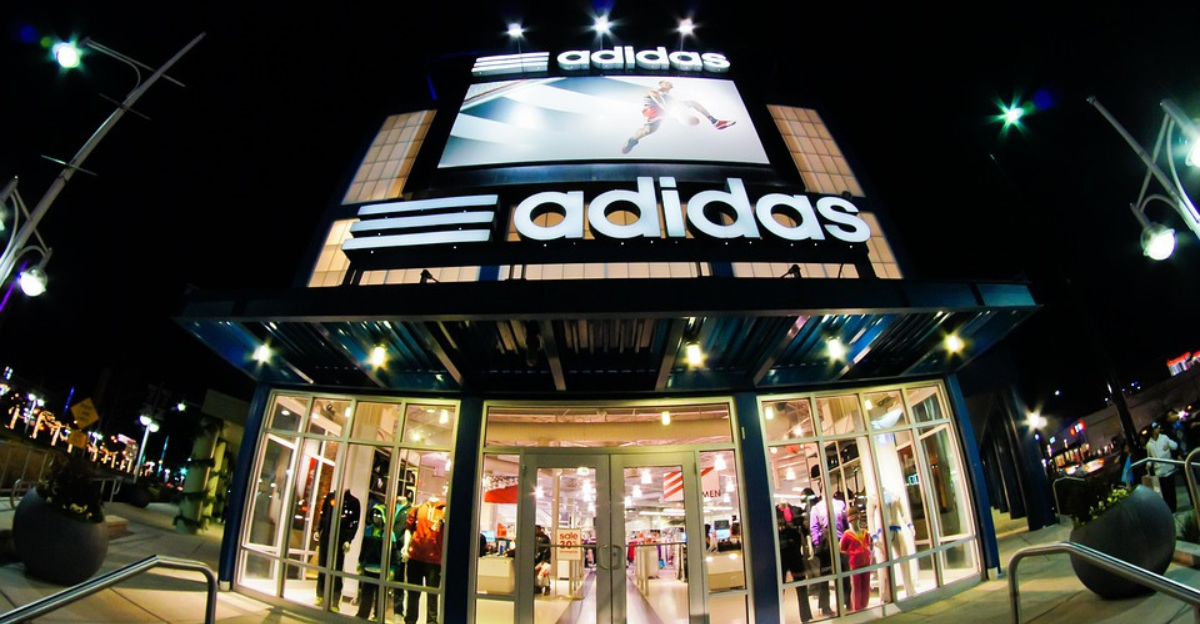
Adidas CEO Bjorn Gulden announced recently that this retail giant would be targeting up to 500 job cuts at its Herzogenaurach headquarters. This cut means that the company would be down 9% of its workforce. However, the restructuring was necessary following the loss of its Yeezy partnership and its first annual loss in 30 years.
Bjorn Gulden confirmed that two-thirds of the reduction would have been completed by May 2025. The main goal of the downsizing is to streamline operations and eliminate duplicate or triplicate functions. The company aims to curb excessive bureaucracy and overlapping roles, thereby cutting costs and increasing efficiency.
4. Frasers
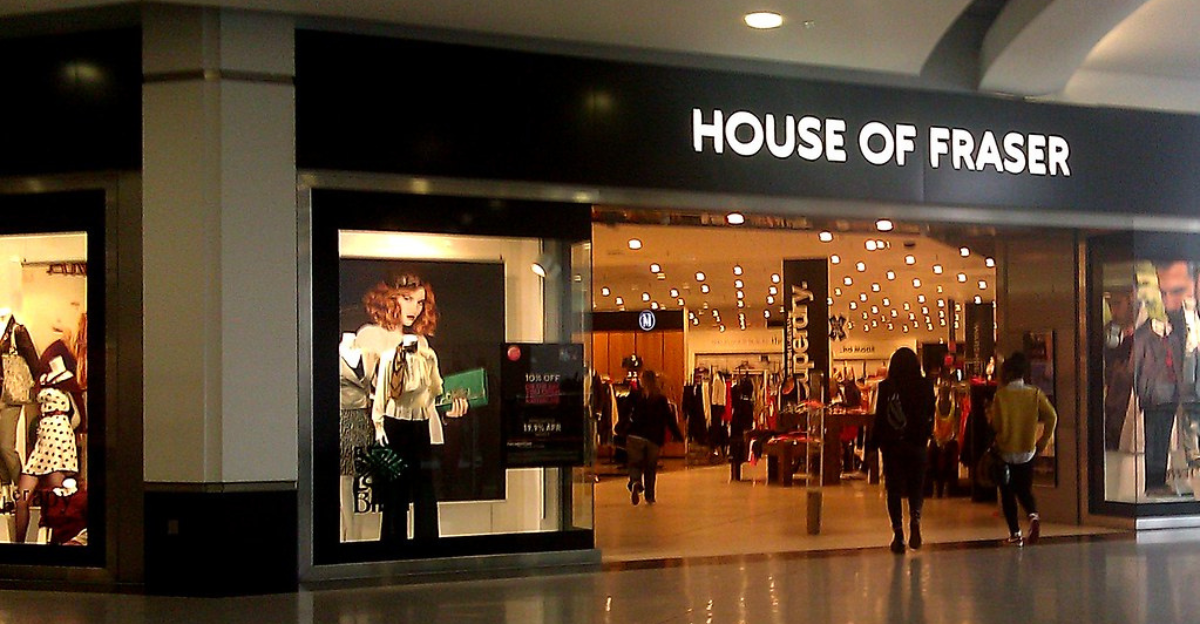
The downward economic trend has also affected Frasers, the parent company of Sports Direct, House of Fraser, and Flannels. This retail store is currently undergoing severe in-house changes to address its sales and profit decline. In March, Fraser’s began a consultation to cut 30% of positions in its editorial and design team.
This decision not only affects longtime employees but also recent hires in their London headquarters and Shirebrook offices. Managerial roles remain largely unaffected, as the cuts mainly target redundant positions in the digital and editorial sector. Despite these setbacks, the company remains committed to its “Elevation Strategy” and has yielded around £74.7 million in cost savings and synergy benefits.
5. In The Style
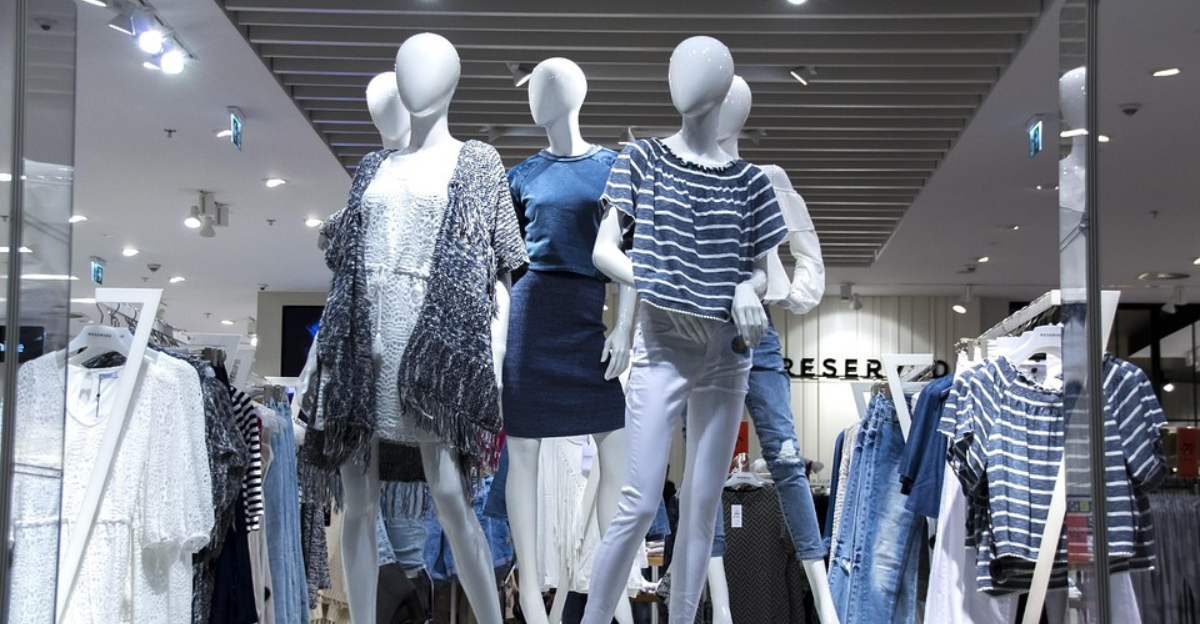
The fall of In The Style, once a leading brand in the UK online fashion sector, has been nothing short of dramatic. Over the years, the company reduced its workforce by around 38%, dropping from 179 to 140 employees. At the start of 2025, In The Style further cut costs by eliminating around 17 more jobs.
Despite these drastic measures, the company is not out of the water yet. The business’s revenue took a big nosedive in 2024, going from £46 million to £30.4 million; gross profit was also severely affected. This drastic downfall has been attributed to changes in consumer habits and intensified competition.
6. New Look
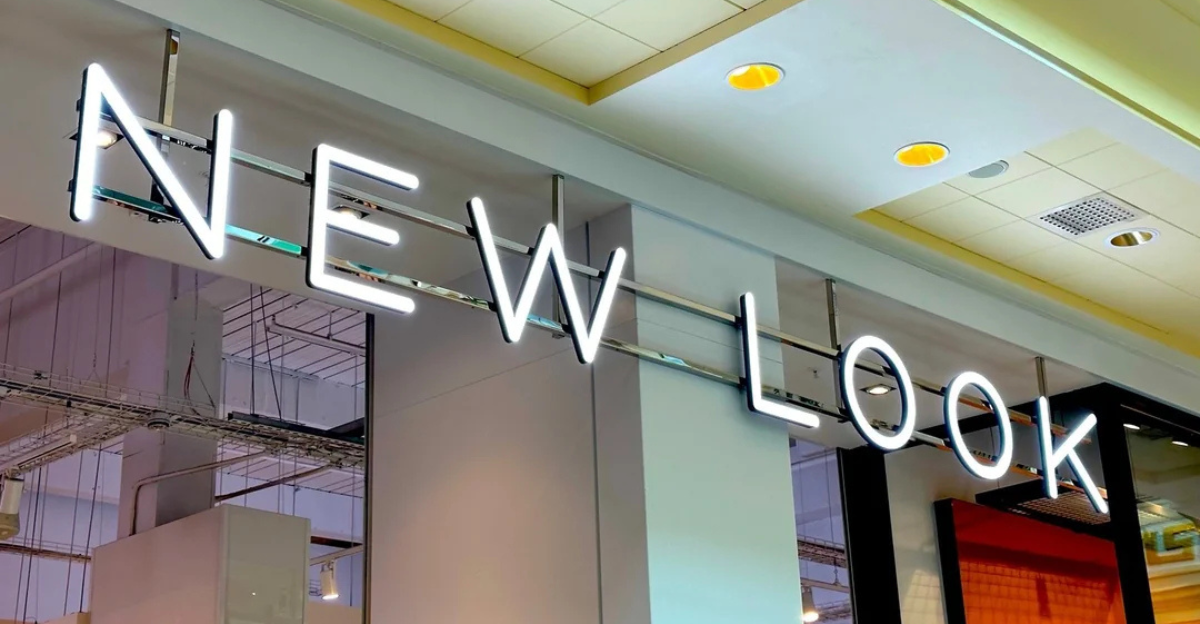
Due to challenging market conditions and a more volatile trading climate, New Look has stated its intentions to invest more in its UK business and online presence. Around February 2025, the retail store giant announced the closing of all its 26 stores in Ireland, leading to around 350 job losses. The company attributed its decision to years of sustained losses and challenging market conditions.
Regardless of the turbulent times, New Look continues to push forward as the company invests in its remaining stores. Recently, they have spent over £3 million in Greater Manchester and are planning further renovations across at least 17 other locations.
7. Walmart
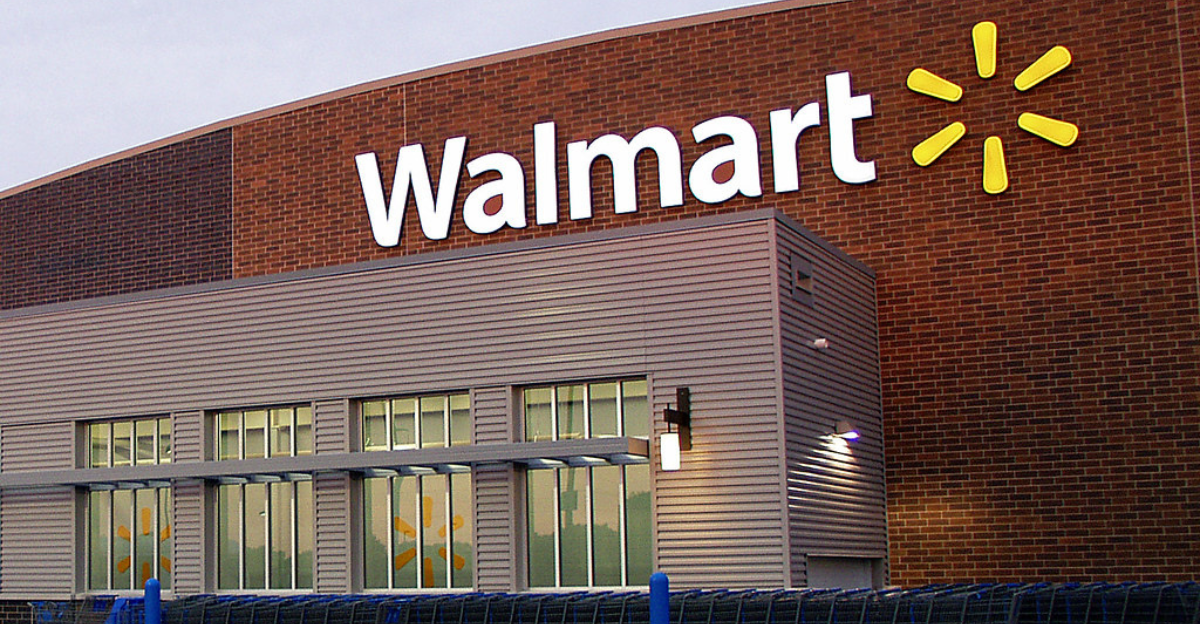
One of the biggest retail companies in the US, Walmart, is not saved from the challenging times. The company has seen rising operational costs as consumers port to online retailers and increased tariffs weigh heavily on revenue. In order to cut expenses, Walmart is now downsizing, with corporate and administrative roles being the most affected.
The business decided on the layoffs after investing millions in technology and enhancing e-commerce abilities. However, Walmart has not gone under despite the cuts and restructurings. The company continues to expand its retail stores and grocery delivery chain to maintain market leadership.
8. Starbucks
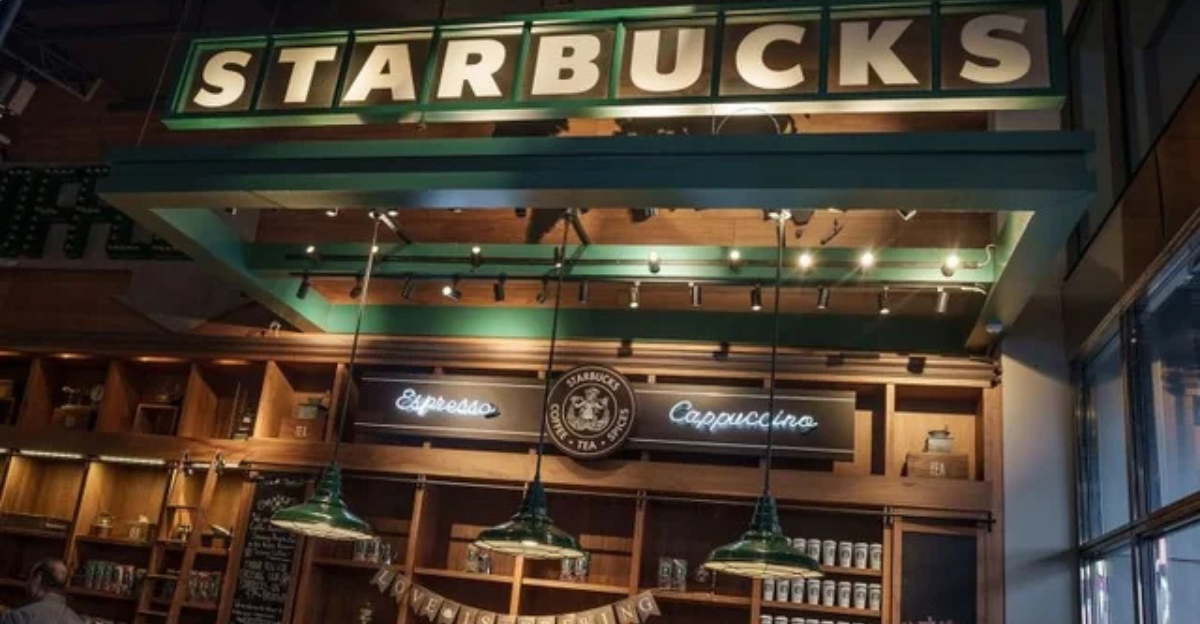
Starbucks, the coffee giant, is also experiencing an economic downward spiral. In 2025, the company announced that it was going to lay off around 1,100 corporate employees as part of its strategy to maintain profitability. Starbucks made this decision in view of reduced consumer spending and rising expenses.
The coffee retail giant is now shifting its focus towards core store operations and digital initiatives, including mobile ordering and loyalty programs. By cutting redundant office roles, Starbucks hopes to overcome economic headwinds and shifting customer preferences.
9. J.C. Penney (Catalyst Brands)

JC Penney’s parent company, Catalyst Brands, which is a conglomerate of several retail businesses, has also experienced financial struggles. The company launched with over $9 billion in revenue, $1 billion in liquidity, 1800 store locations, and approximately 60,000 employees.
Despite the good start, Catalyst Brands announced in April 2025 that it was going to cut 9% of its workforce. This news came after there had previously been a 5% job cut in corporate positions. The brand aims to streamline operations, reduce costs, and offer a better customer experience.
Discover more trending stories and Follow us to keep inspiration flowing to your feed!

Craving more home and lifestyle inspiration? Hit Follow to keep the creativity flowing, and let us know your thoughts in the comments below!
